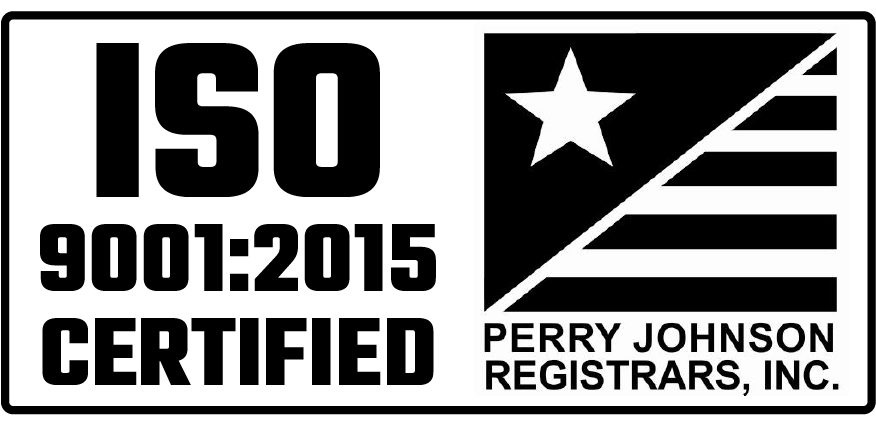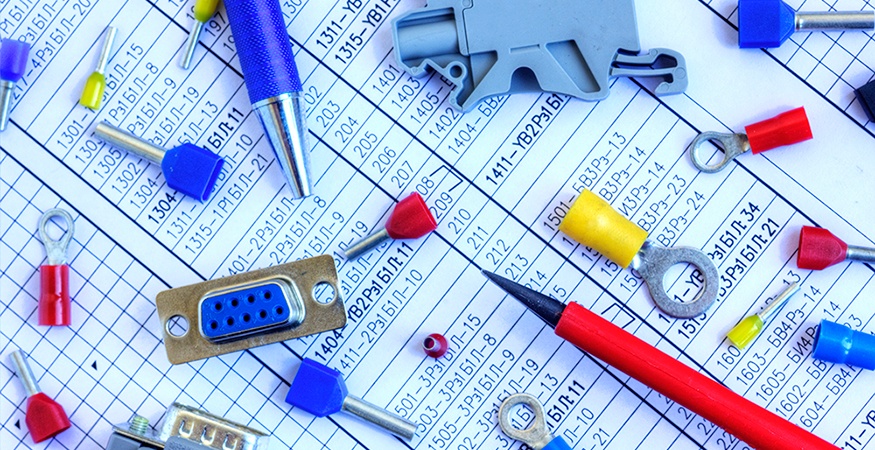If you’re starting an electrical design for an industrial machine or heavy duty equipment from scratch, there is a lot of information to include – especially if you plan to partner with a contract manufacturer. Providing detailed specs, for example, will help prevent problems during production and in the field, while also helping your contract manufacturer create the optimal assembly for your machine. To make sure your finished electrical assembly performs exactly as you need it to, here are some important things to keep in mind when working on a new electrical design:
Protection from the Work Environment
Depending on where the electrical assembly will live within the equipment, it could be exposed to various environmental conditions that can significantly affect its functionality and longevity. Throughout the design process, you should be considering the working environment the equipment will be used in, and include the proper measures to protect the electrical assembly from the following conditions:
- Extreme heat or cold. Electrical assemblies that are placed near the engine or the exhaust should be able to withstand high temperatures. Likewise, others may be used on snow removal equipment and should be able to function in extremely cold conditions.
- Vibration and abrasion. If you’re designing an assembly to be used on equipment that vibrates a lot while in use – like a stump grinder or a wood chipper – regular nuts and bolts won’t hold. Your assembly can literally be shaken loose, so it is imperative to use more permanent fasteners or rubber isolators in the design. When it comes to wire abrasion, you can have the wire harness loomed to protect the wire insulation from wearing.
- Moisture and water. It’s common knowledge that mixing water and electricity is downright dangerous, and even has the potential to be fatal. If the assembly will be used in a wet environment, the design should include the proper sealants to keep moisture out.
- Chemicals. In the concrete industry, for example, certain chemicals are used that can damage the material used for some decals on operator interfaces. Therefore, your design should include decal material that will withstand any chemicals that may be used in the field.
Bill of Materials
When designing an electrical assembly, you'll need to develop a bill of materials (BOM). If you use your own part numbers on your drawings, make sure you provide a way to cross reference them back to a manufacturer and a manufacturer part number. If a part does not need to be a specific brand or type, it’s helpful to note “or similar” on your BOM so your assembly partner can substitute with others that could enhance the quality, delivery, or cost of the harness. Likewise, if you have an internal electrical assembly specification or guidelines for the construction of your equipment wiring, your assembly partner will need to have that on hand in order to develop the right solution.
Additional Considerations
In addition to the information above, the specifications below should also be included in your electrical assembly design:
- Lengths and tolerances. Be clear on your dimensions and tolerances. Some OEMs prefer to measure from the front of the connectors, while others from the rear. What are acceptable tolerances for the lengths?
- Splicing and splice locations. Splicing of a wire or circuit can be accomplished in many ways. Each has its advantages in specific situations, so review those prior to designing your assembly or submitting plans to a wire harness manufacturer.
- Wire color and labeling.If you need certain wires to be colored differently, make note of the wire colors you need, along with any text you may want printed or labeled on your wires to help identify circuit names.
- Wire Type. The wire type used can vary by voltage rating, insulation material, bare or plated copper, etc., each suited to different uses. For example, GXL wiring is very typical for automotive wiring, while a UL1015 (MTW) is common for electrical control panels.
- Terminals, seals, and connectors. There are many types of terminals, seals, and connectors. Note that many connectors accommodate different types of terminals and seals that are specific to different wire gauges, wire insulation thicknesses, or terminal plating. Some connectors also require additional accessories or parts to lock terminals into place. Be sure to call out the proper locks or any other accessories you require.
- Labeling. If you need connectors to be identified with a label, make sure you call that out on your drawing, or have it included in part of the assembly specification.
- Testing. There are several different test methods that can be conducted. Some applications may require the wiring to pass a high voltage test, while others may just need a simple continuity test.
Whether you choose to go it alone or collaborate with a contract manufacturing partner, having a complete electrical design is the strong foundation you’ll need to see the production process through successfully. If you learn later that your design is not functioning properly in the field – even though you did everything you could to prevent that in the design phase – you can get in touch with a contract manufacturing partner to help with a redesign. That’s precisely the story line in our case study, Collaboration Enhances Control System Safety, Quality & Performance. Download your free copy by clicking the button below and find out what happened when MCL teamed up with an OEM’s engineering team to enhance an existing assembly.





